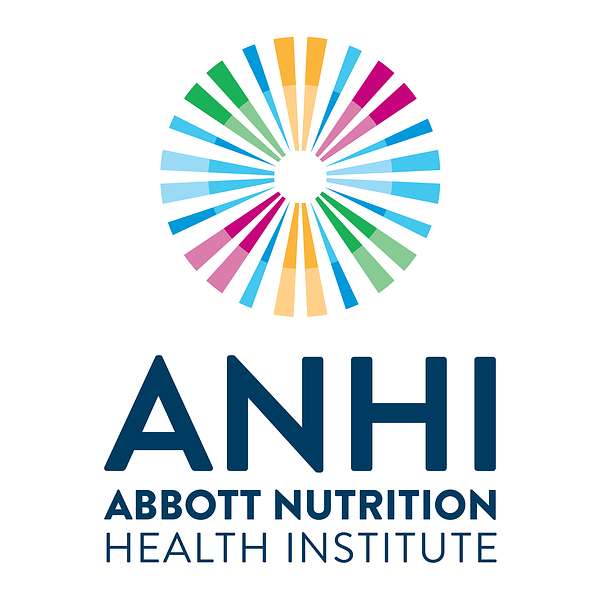
The Power of Nutrition Podcast
At Abbott Nutrition Health Institute (ANHI), we’re committed to improving lives through the power of nutrition, and we created this podcast series with that mission in mind. Join us as we speak with nutrition science experts around the world on the role nutrition can play in COVID-19, cancer, malnutrition, breastfeeding, dehydration, aging, exercise and more.
The Power of Nutrition Podcast
Real Food as Part of a Healthy Pediatric Tube Feeding Diet
•
Abbott Nutrition Health Institute
As a parent or caregiver, you want the best for your children. So, of course, when it comes to food, you want the best options for nutrition. As a caregiver to a kiddo who is tube fed, you might wish you could provide more variety or that your child could eat foods that other family members are eating. Learn about the benefits of real food tube feeding, along with some considerations to keep in mind, from an expert dietitian at the Children’s Hospital of Orange County (CHOC), Katherine Bennett.
See the full transcript on anhi.org.
CLICK TO SEE THIS PODCAST EPISODE'S TRANSCRIPT ON ANHI.ORG